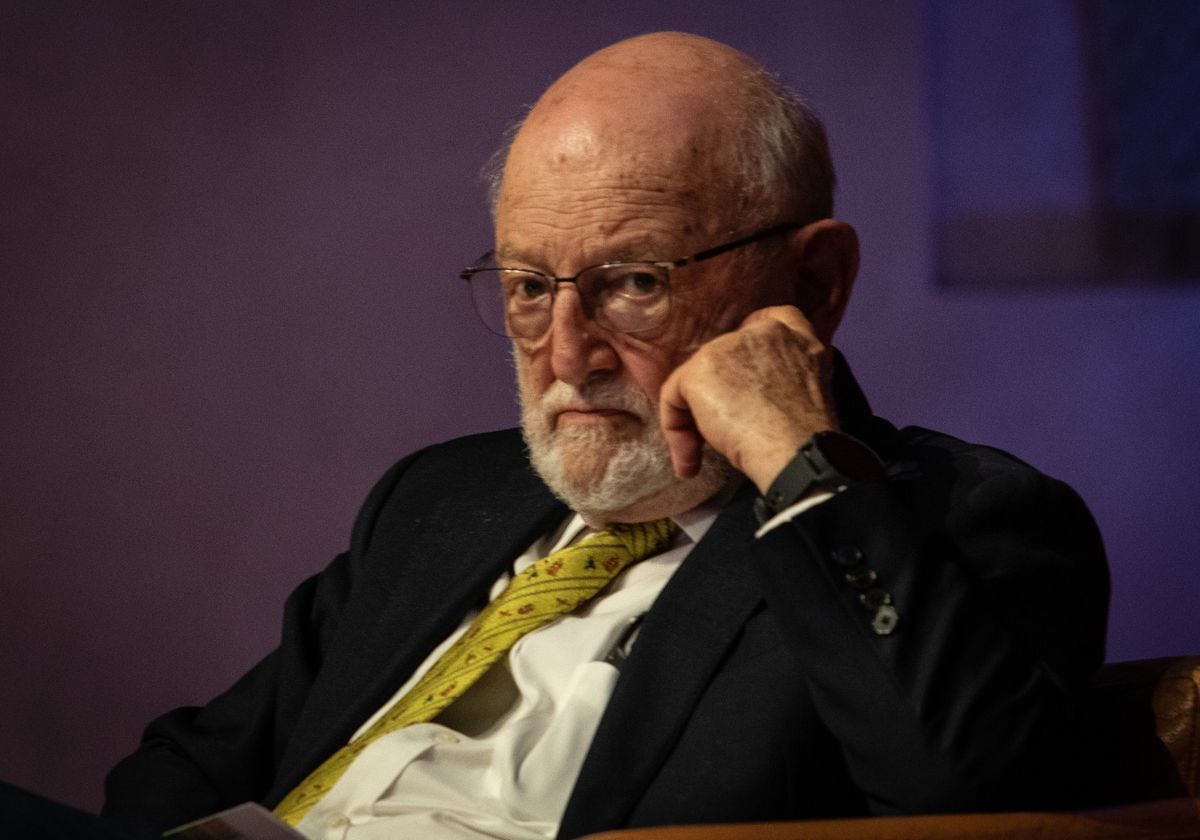An image from the Mayan Codex of Dresden, found in Germany.
The president of Mexico, Andrés Manuel López Obrador, has assured this Thursday that the German government will “help” him to temporarily bring the Mayan codex found in the German city of Dresden.
The president has affirmed in a Twitter message that the president of the European country, Frank-Walter Steinmeier, will intercede "with the directors of the museums" to obtain the loan of the old piece.
The claim joins other events this month by historian Beatriz Gutiérrez Müller in Italy, France and Austria at the request of her husband, López Obrador, to expose the archaeological treasures during the patriotic anniversaries that the North American country commemorates in 2021.
The Mayan manuscript found in Germany is one of four that are still preserved in the world.
The others are in Madrid, Paris and Mexico —the latter is kept in the National Library.
The one in Dresden, which was made between 1200 and 1250, is the oldest and best preserved, according to UNESCO.
Along 39 sheets of amate paper written on both sides, the codex represents hieroglyphs, numbers and figures.
It contains calendars of rituals and divination, calculations and instructions on the ceremonies of the new year, among other information.
Specialists believe that the ancient document left America in the 16th century, after the conquest, and was acquired in 1739 by an Austrian librarian.
Only in the 19th century was its Mayan origin identified.
The piece, which was originally folded in the shape of an accordion, was key to deciphering Mayan hieroglyphs and for studying their calendars many centuries after its creation.
It is currently kept in the collection of the German State Library in Saxony.
López Obrador has asked the Social Democrat Steinmeier this Thursday to help him bring him to the country temporarily.
In a "broad" conversation by phone, the presidents of both countries discussed issues such as covid-19, the economy or culture, as reported by López Obrador, in addition to the loan request.
Gutiérrez Müller and the Mexican foreign minister, Marcelo Ebrard, also participated in the talk with Steinmeier.
"We invite you to visit our country for the 2021 commemorations," reads the message on the social network.
We spoke by phone with the President of Germany, Frank-Walter Steinmeier.
It was a broad conversation about # COVID19, economy and culture.
We invite you to visit our country for the 2021 commemorations. 1/2 pic.twitter.com/h5XElCIJWj
- Andrés Manuel (@lopezobrador_) October 22, 2020
Next year, Mexico commemorates the anniversary of independence (1821), the fifth centenary of the fall of Tenochtitlán [the pre-Hispanic precedent of Mexico City] (1521) and the founding of the first towns in that city in 1931. That is why , the president sent Gutiérrez Müller to Europe to request the temporary loan of different archaeological relics, to expose them on those dates.
The historian met this month with Pope Francis;
with the President of Italy, Sergio Mattarella;
with the wife of the French president, Brigitte Macron, and with the Austrian president, Alexander Van der Bellen.
To the latter, he requested the loan of the so-called Moctezuma plume, a treasure made of quetzal feathers and gold that is currently in the Vienna World Museum.
Before trying, López Obrador had already described "the mission" as "almost impossible" because, as he said, "they have appropriated it."
The piece, according to a team of Mexican and Austrian experts in 2012, is in a fragile state that prevents its transfer.
This was defended by the director of the Vienna Art History Museum, Sabine Haag, on which the institution that preserves the Aztec headdress depends, in an interview with this newspaper.
The art historian believes that it is possible to “share” the Mesoamerican treasure “without moving it” due to its fragile state.
During his tour of Europe, Gutiérrez Müller also requested two codices that are currently in Italy: the
Codex Fiorentino,
written between 1540 and 1585 by Fray Bernardino de Sahagún in Nahuatl, Latin and Spanish, and the
Codex Cospi
or
Bologna
, a text that reveals the advances in mathematics and astronomy of the Nahuas prior to the Spanish invasion and found at the University of Bologna.
The historian and writer also claimed a series of archaeological pieces from France to bring to the country, at least temporarily.






/cloudfront-eu-central-1.images.arcpublishing.com/prisa/3TOQKX7CUJEMHBMHIA7GJRIXC4.jpg)
/cloudfront-eu-central-1.images.arcpublishing.com/prisa/5UPDG5IW2NDDFFUK3WJTFKMSPE.jpg)

/cloudfront-eu-central-1.images.arcpublishing.com/prisa/UDBZZZVFM5EJZKNEGPAZ4GVEDQ.jpg)





